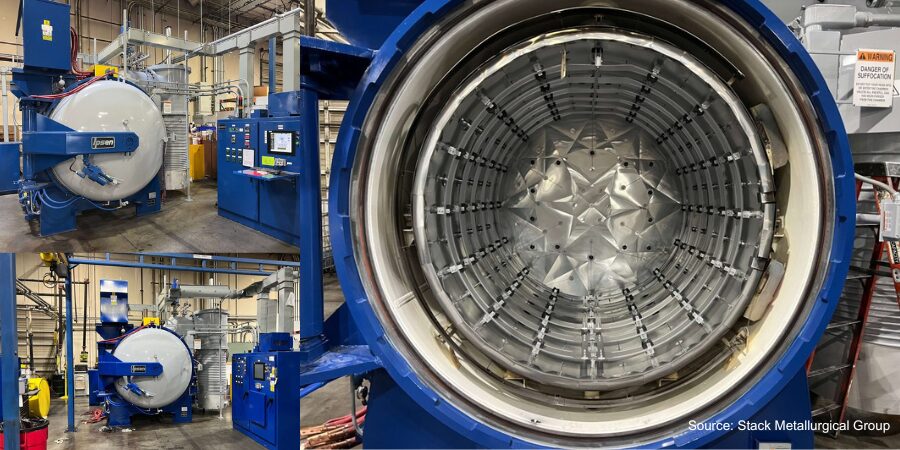 Heat Treat Fringe Friday
Heat Treat Fringe Friday
Sometimes our editors find items that are not exactly “heat treat” but do deal with interesting developments in one of our key markets: aerospace, automotive, medical, energy, or general manufacturing. As we approach the weekend, today’s Heat Treat Fringe Friday Best of the Web post focuses on an interesting development in the world of manufacturing robotics.
Batteries have served us well for decades, but they are becoming too heavy and inefficient for some uses as devices continue to shrink. Researchers at the University of Pennsylvania have now developed a new type of robot that powers itself by “eating” metal from its environment.
The metal-air scavenger (MAS) design would still have the basic layout of a battery, including a cathode, anode, and electrolyte. But the clever part is that the anode isn’t built into the device – any metallic surface that the MAS passes over will provide the function.

“Our MAS has a power density that’s 10 times better than the best harvesters, to the point that we can compete against batteries,” says James Pikul, lead researcher on the study. “It’s using battery chemistry, but doesn’t have the associated weight, because it’s taking those chemicals from the environment.”
An excerpt: “The cathode is made up of carbon, coated in polytetrafluoroethylene (PTFE) and with nanobeads of platinum embedded inside. The electrolyte is a hydrogel containing salty water. When this jelly-like patch is dragged around on top of a metallic surface, it oxidizes the metal below, breaking down chemical bonds to power itself. At the same time, the cathode material is reducing oxygen from the air above it.”
To read more about this story, click here.






